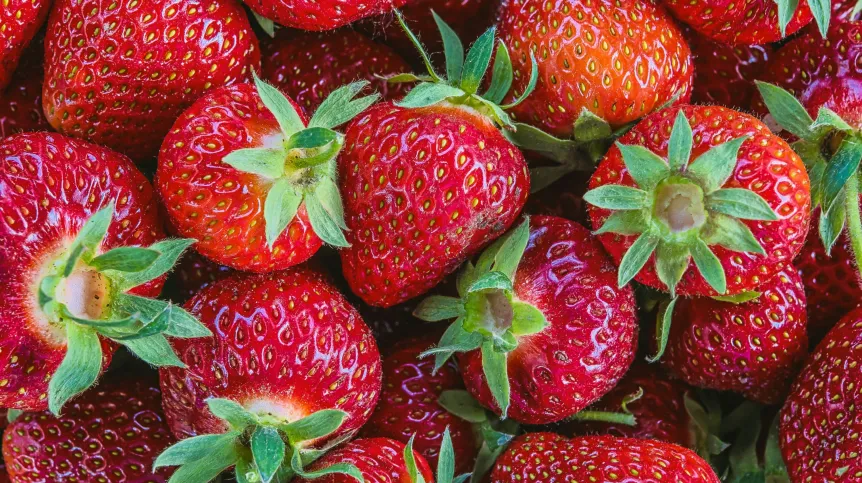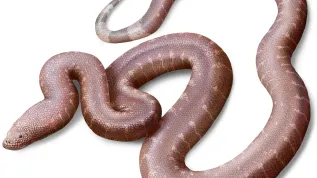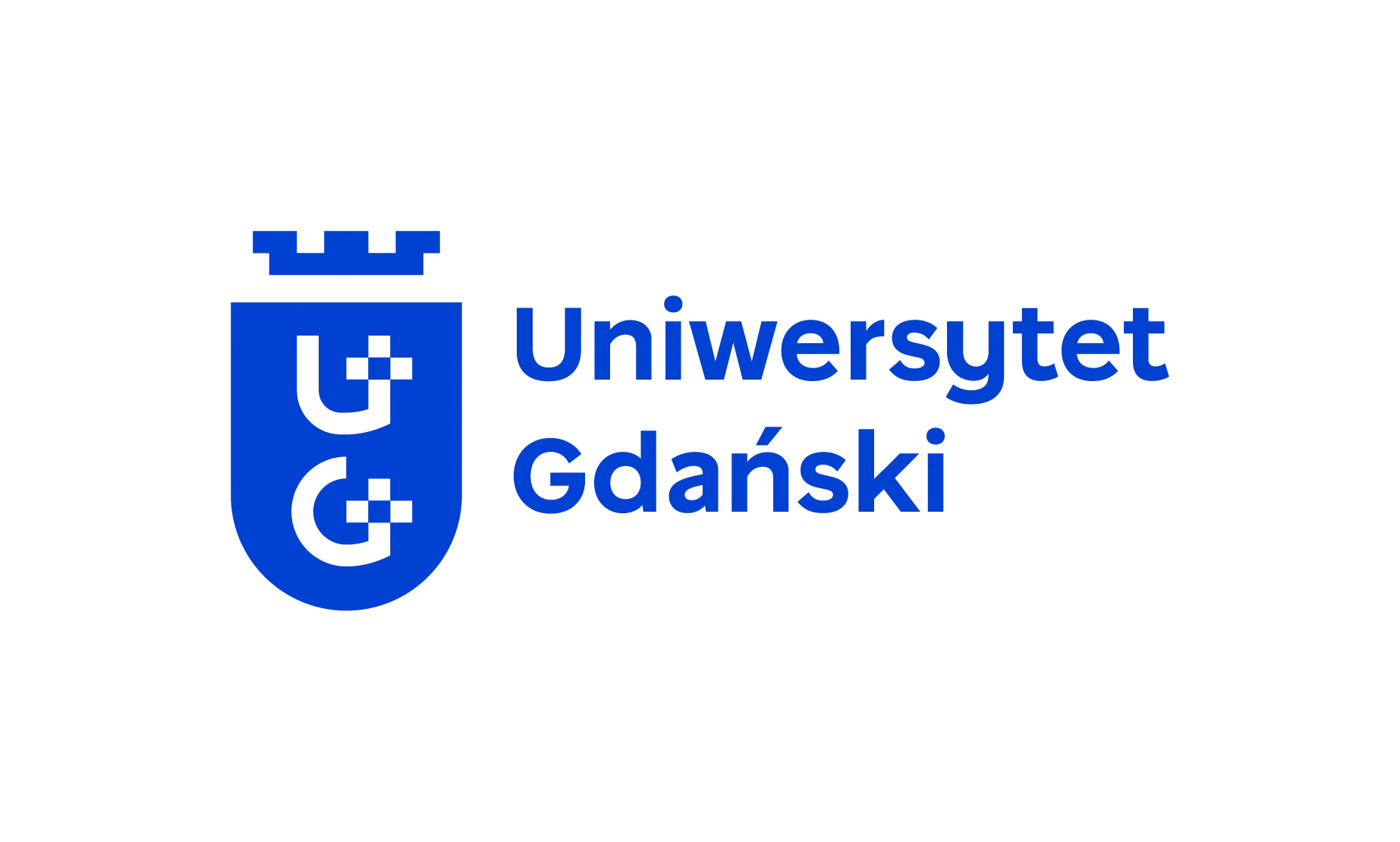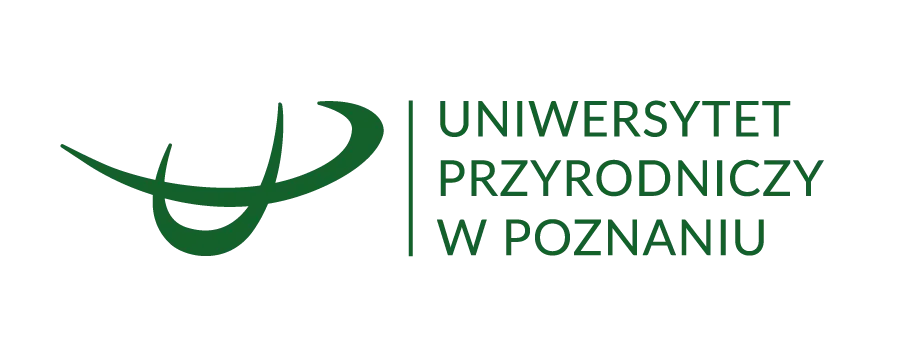
Not only strawberry fruits themselves are a source of health nutrients; their caps also contain valuable bioactive compounds, research conducted by scientists from the Warsaw University of Life Sciences and the University of Warmia and Mazury shows.
According to the Warsaw University of Life Sciences press office, strawberries are a real wealth of nutrients. Although the season for them lasts only a few weeks, their pro-health properties are worth attention throughout the year. What's more, the part usually treated as waste, i.e. the cap, turns out to be equally valuable.
As part of the collaboration between the Warsaw University of Life Sciences and the University of Warmia and Mazury in Olsztyn, researchers analysed strawberry caps in terms of their chemical composition and bioactive properties. They showed that this 'underestimated waste' can be an important source of bioactive compounds.
It turned out that strawberry caps contain many valuable ingredients: fibre, vitamin C, vitamin E, polyphenolic compounds (such as elagic acid, chlorogenic acid, rutin and catechin) and unsaturated Omega-3 fatty acids that have anti-inflammatory action and have a beneficial effect on brain function.
Radosław Bogusz a doctoral candidate at the Warsaw University of Life Sciences doctoral school emphasises that lutein and beta-carotene are also present in strawberry caps. The scientist points out that lutein accumulates in the retina, where it helps to filter out the harmful UV radiation and blue light, while beta-carotene, as a precursor of vitamin A, supports the proper functioning of the retina and vision at dusk.
The scientist points out that the use of whole fruit including the cap is part of the Zero Waste trend. In his opinion, caps can be added to smoothies, cocktails, pestos, they can also be dried and used for infusions, or combined with other herbs in the kitchen. 'In the future I also see their wider use in the food industry - as extracts or individual ingredients separated from this underrated part of the plant. They can be used in the daily diet and in new food products;, he says.
Strawberries are among the most popular berry fruits in the world. They contain such bioactive substances as: vitamin C, phenolic acids, flavonoids, anthocyanins and minerals, including iron, potassium, phosphorus, calcium and manganese. Bogusz points out that in terms of iron and phosphorus content, strawberries occupy first place among edible fruits, and in terms of vitamin C content they are second only to blackcurrant.
The researcher adds that strawberries are associated with numerous health-promoting properties: anti -inflammatory, antiviral and antibacterial properties. They also support the immune system, prevent blood clots and have a positive effect on the functioning of the cardiovascular system, Bogusz says.
The doctoral candidate explains that thanks to the presence of polyphenolic compounds such as chlorogen and elagic acid, quercetin or kemferol, strawberries have a strong antioxidant effect, consisting in neutralizing free radicals. Thus, they can slow down the aging process of the body, support memory and focus, and reduce the risk of developing type 2 diabetes. Regular consumption of strawberries plays an important role in the prevention of civilization diseases, including cancer and neurodegenerative diseases such as Alzheimer's or Parkinson's disease, he adds.
According to the scientist, strawberries also provide other valuable nutrients. They contain dietary fibre that supports the work of the intestines, as well as small amounts of necessary unsaturated fatty acids from the omega-3 and omega-6 family.
Poland is among the leading strawberry producers in the world that include China, the US, Mexico and Egypt; it is second largest producer of these fruits in the EU (after Spain). According to the Central Statistical Office data, in 2024 the production of strawberries in Poland was estimated at around 159 thousand tons, about 12 percent less than in 2023. (PAP)
awy/ mmu/













